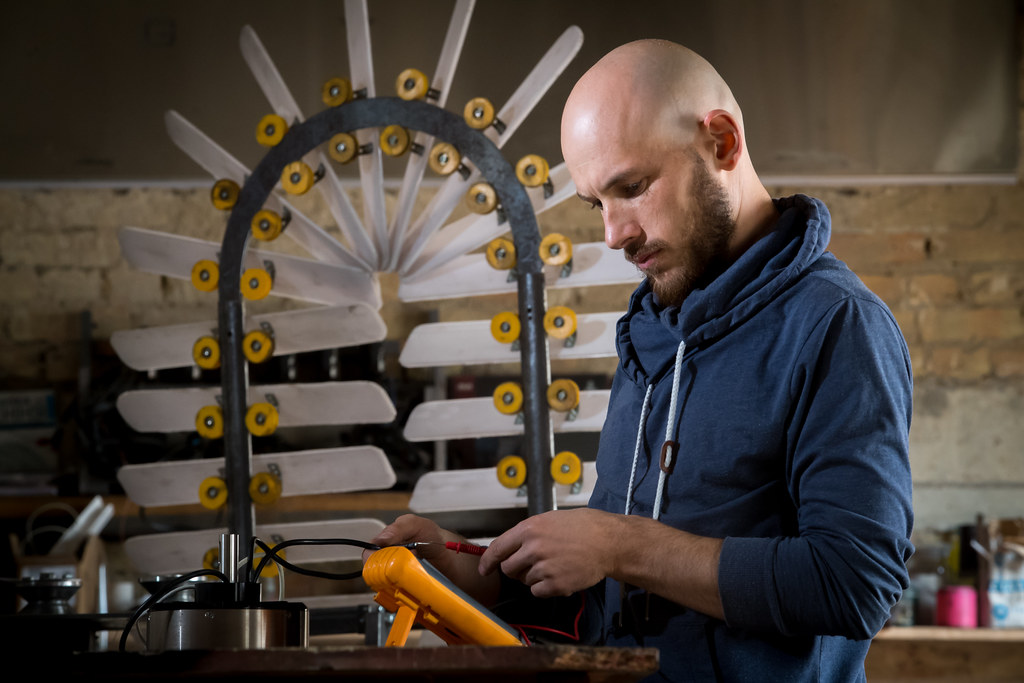
Ukrainian start-up Sirocco Energy develops a wind turbine for cities
Sirocco Energy’s Ukrainian team have developed a wind turbine that turns wind-power into energy, not in the middle of a field but where people need it, in cities. This could significantly accelerate Ukraine’s movement towards cleaner energy
How the EU helps Ukraine fight for a green future
Currently, only 4% of energy in Ukraine comes from alternative sources. However, according to the Energy Strategy of Ukraine, this should increase to 25% by 2035.
To achieve this goal, projects that bring Ukraine closer to a green future are financed annually.
Launched in 2016, Climate Innovation Vouchers is one of the EU-funded Finance and Technology Transfer Centre for Climate Change (FINTECC) programmes, implemented by the European Bank for Reconstruction and Development (EBRD). The programme provides Ukrainian companies with opportunities for grant funding for projects related to reducing energy use, greenhouse gas emissions and production intensity. NGO Greencubator is in charge of the implementation and administration of the vouchers scheme.
Over the last two years, 30 companies working to make energy cleaner in Ukraine received grants totalling €966,000. Each company received a grant of up to €50,000 for the development of their business idea.
We spoke to one of the winners of the programme, Sirocco Energy, the creators of a wind turbine that can be installed in open areas between high-rise buildings, near business centres, supermarkets etc.
How the idea of creating a wind turbine emerged
According to the Chief Operating Officer of Sirocco Energy, Taras Vodyanyy, the idea to create the turbine came from Oleksandr Pryymak.
“If we are talking about using windmills in the field, there is one wind direction. In urban and suburban conditions, the buildings force the wind in many directions. That is why, if we put a small version of a large windmill with three blades in the city, it either does not spin at all or works inefficiently. In addition, these windmills cannot be placed close to people because of vibration, ultrasound and noise,” Taras explains.
Oleksandr has nurtured the idea of making a wind turbine without these faults, studying the experiences of companies producing them. In the autumn of 2016, the inventor made it to the finals of the ClimateLaunchpad in Odessa with his partner Taras and his idea. ClimateLaunchpad is the world’s largest clean technology business idea competition. It is part of the Climate-KIC, another programme funded by the European Union. Although they did not win the competition, they were able to see significant interest in their project and receive their first grant. The team made their first prototype with the grant money.
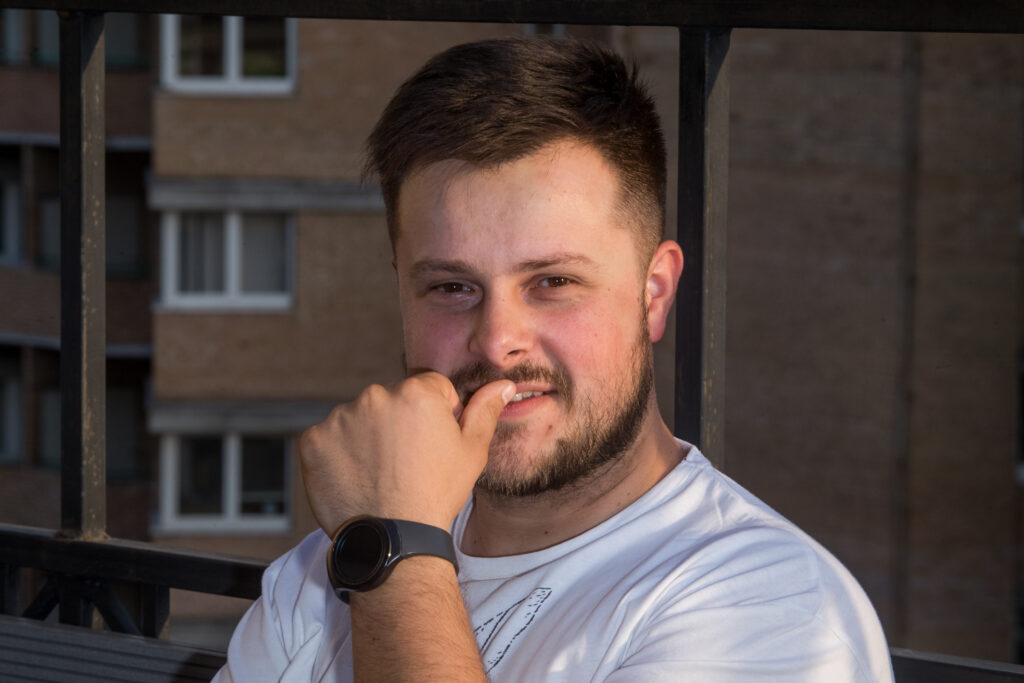 Taras Vodianyi, Chief Operating Officer, Sirocco Energy
Taras Vodianyi, Chief Operating Officer, Sirocco Energy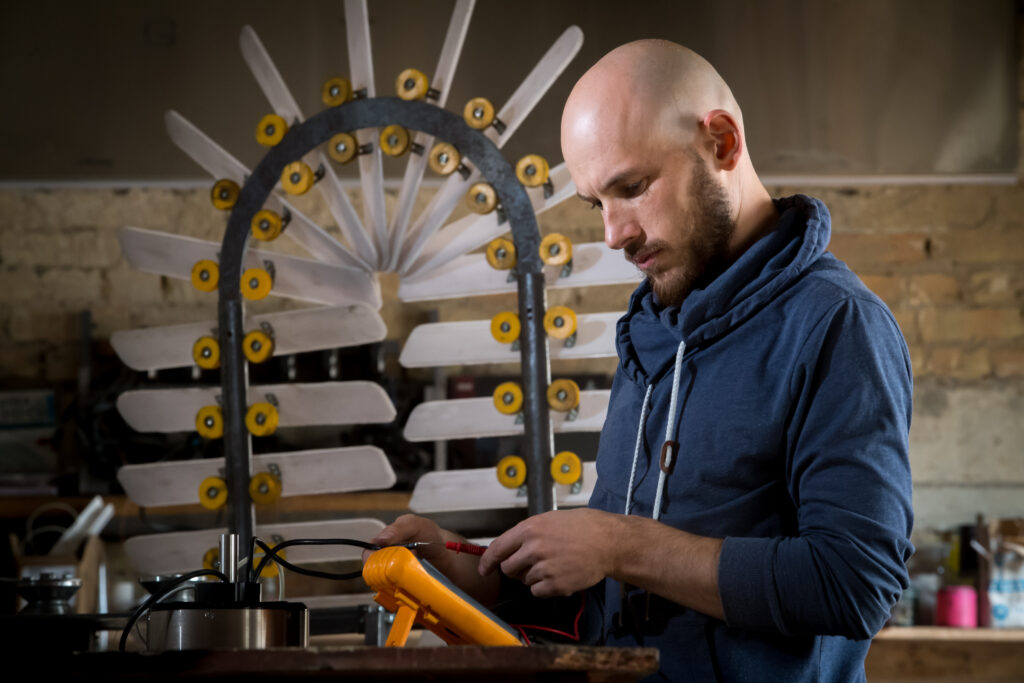 Olexander Pryimak, Engineer at Sirocco Energy
Olexander Pryimak, Engineer at Sirocco Energy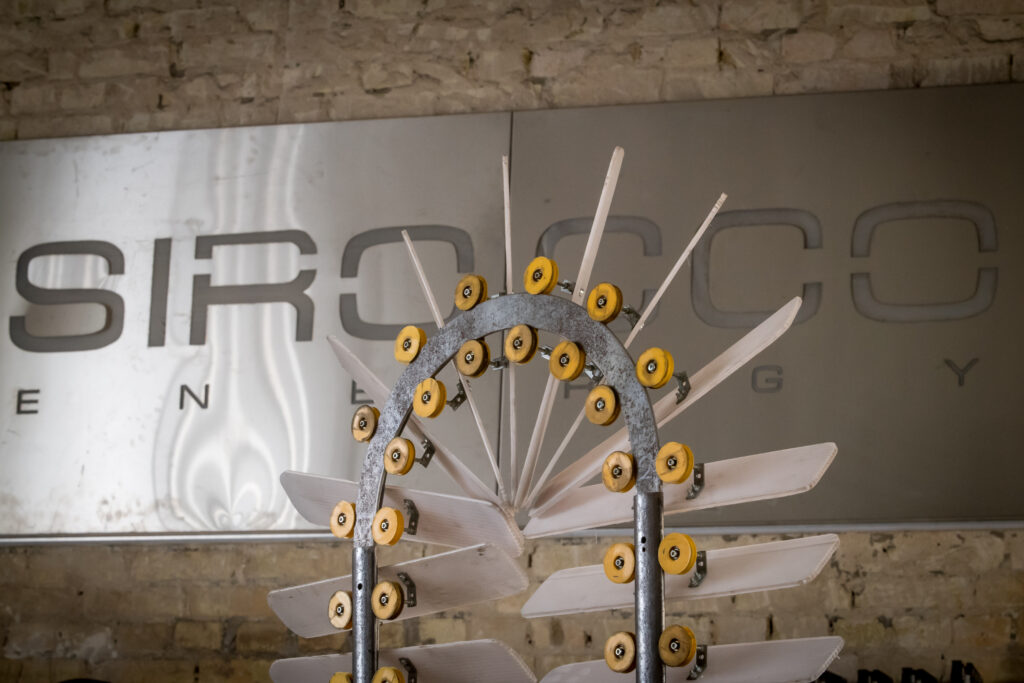 The urban wind turbine prototype
The urban wind turbine prototype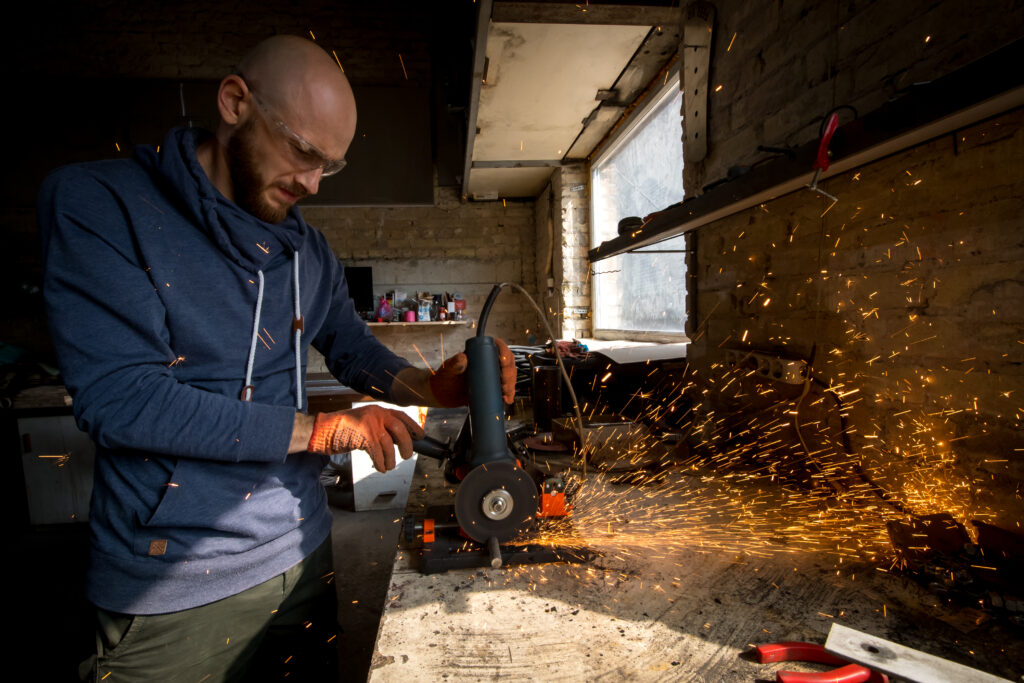 Olexander Pryimak, Engineer at Sirocco Energy
Olexander Pryimak, Engineer at Sirocco Energy
What is special about the Sirocco Energy wind turbine?
“Due to a larger number of blades and another principle of their movement, our installation is much more stable and efficient in developed areas. The blade travels in a straight line and does not rotate on its axis, so the vibration level is much lower than that of traditional windmills. The wind noise is significantly lower, so we can use the installation close to people and cities,” Vodyanyy explains.
Often people are interested in the difference in efficiency between windmills and solar panels. Although the cost of installing a solar power plant can be 50% less, the Sirocco Energy wind generator can generate twice as much power.
For instance, if a wind turbine generates 100 kilowatt-hours at a wind speed of 3 meters per second, then it will generate approximately 180 kilowatt-hours at a speed of 4 meters per second. This is 80% of the difference. This amount of electricity can cover the needs of an average one-bedroom apartment for 18 days. Therefore, the installation will pay off almost twice as fast in places with just one extra meter per second, Taras notes.
According to him, windmills with strong blades usually achieve about 30-40% efficiency. “According to the results of the simulation, our wind turbine achieved 52% efficiency. This is a fantastic result. At first we could not believe it either and checked the calculations several times, but this is so.”
As an additional service, Sirocco Energy also install weather stations to test wind speeds at customer facilities.
How they got into the Climate Innovation Vouchers Programme
“We applied to the Climate Innovation Vouchers Programme with an innovation that could contribute to the global fight against climate change. The grant we won will help to accelerate the product launch,” explains Sirocco Energy’s Chief Operating Officer.
The Greencubator Climate Innovation Vouchers Programme not only provides financial support, but helps products to quickly enter the international market.
“At the time we really needed it, and thanks to the grant, we were able to attract experts to develop, simulate and adapt our product,” Taras explains.
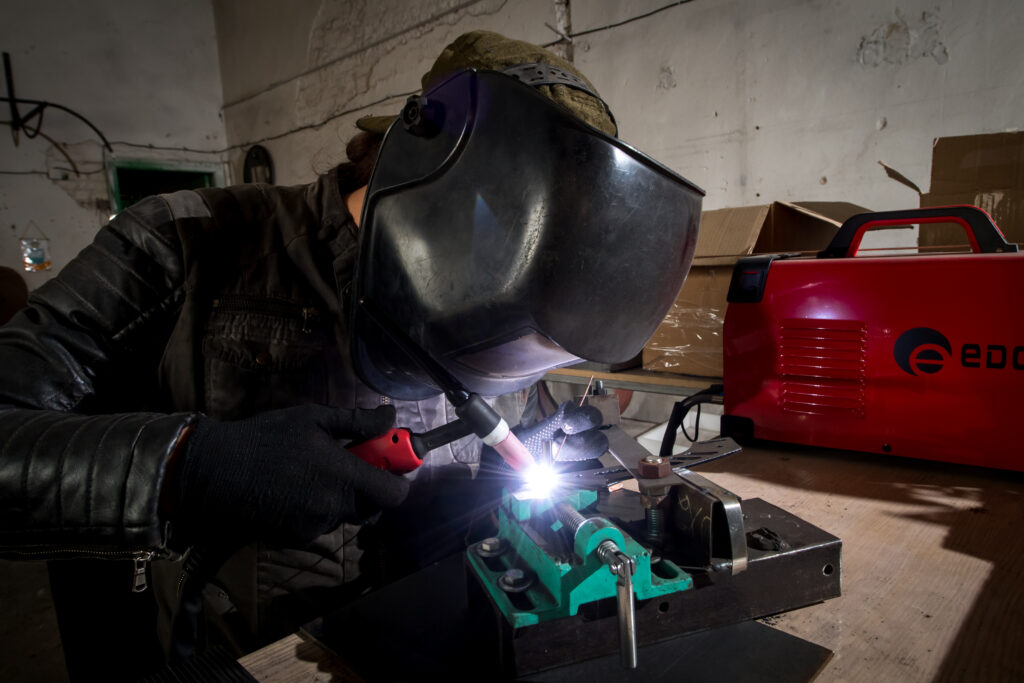 Mykola Pogorelov, Welding Engineer, Sirocco Energy
Mykola Pogorelov, Welding Engineer, Sirocco Energy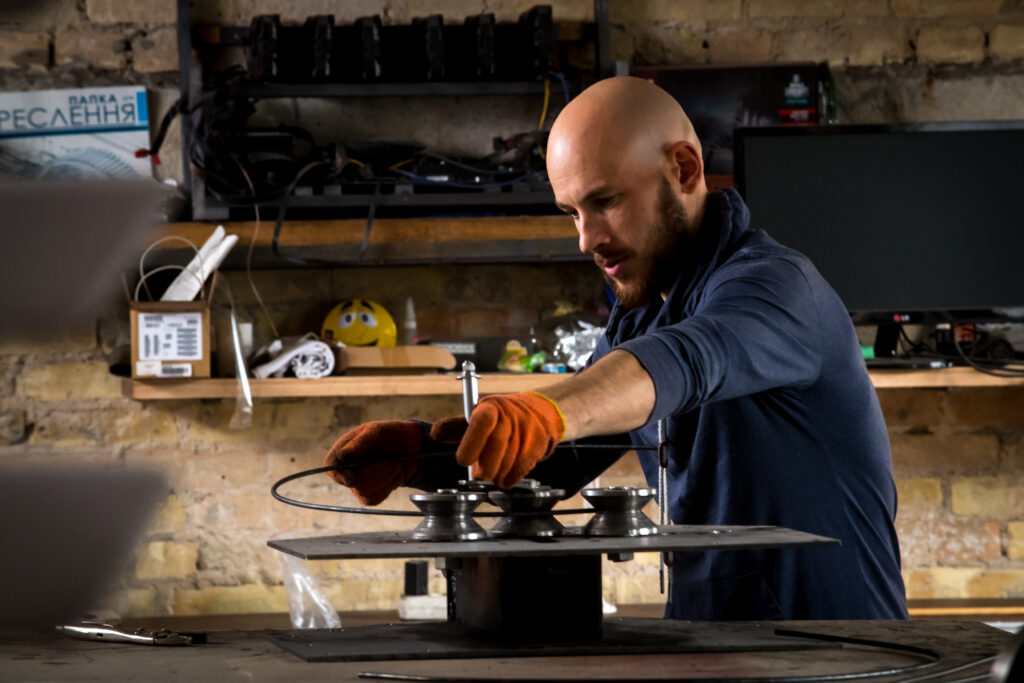 Olexander Pryimak, Engineer at Sirocco Energy
Olexander Pryimak, Engineer at Sirocco Energy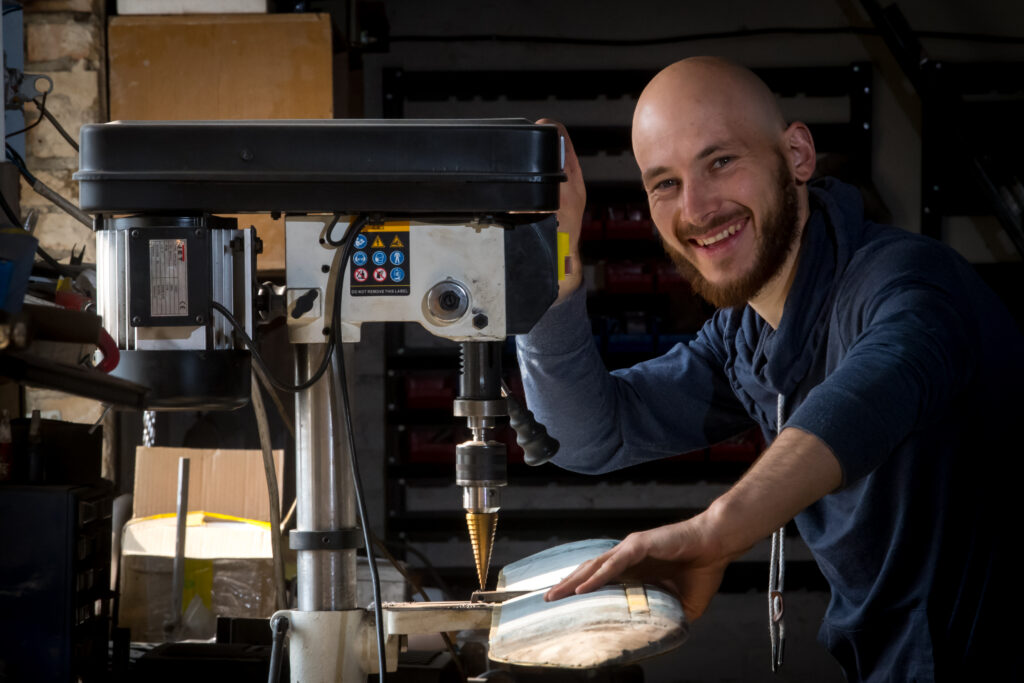 Olexander Pryimak, Engineer at Sirocco Energy
Olexander Pryimak, Engineer at Sirocco Energy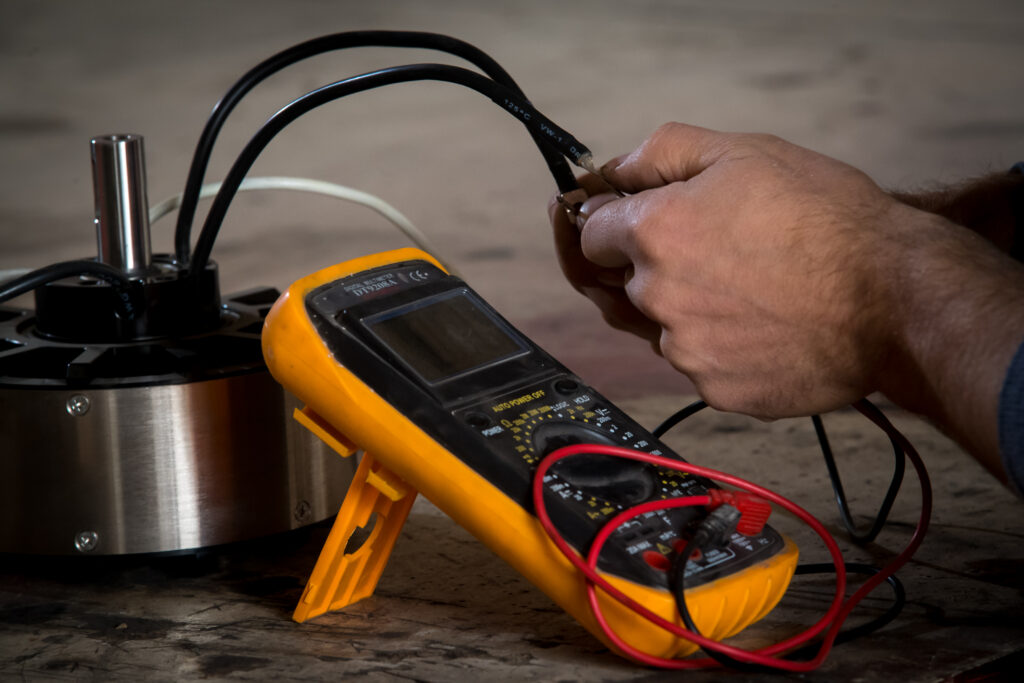 The Sirocco Energy workshop
The Sirocco Energy workshop
Thanks to the programme, the team have developed a model wind turbine that is ready to launch. In the meantime, Sirocco Energy is testing their product in Ukraine.
Over the two years of the Climate Innovation Vouchers Programme, Ukrainian businesses have shown great potential in developing ideas to make cleaner energy. Therefore, thanks to the support they have received, Ukrainian companies are bringing new energy and climate-friendly technologies to the European and global market, directly contributing to the fight against climate change.
Author: Ulyana Bukatyuk
MOST READ
SEE ALSO

‘The Kremlin has entered the chat’: how to protect your personal data on Telegram and avoid the bait of propaganda
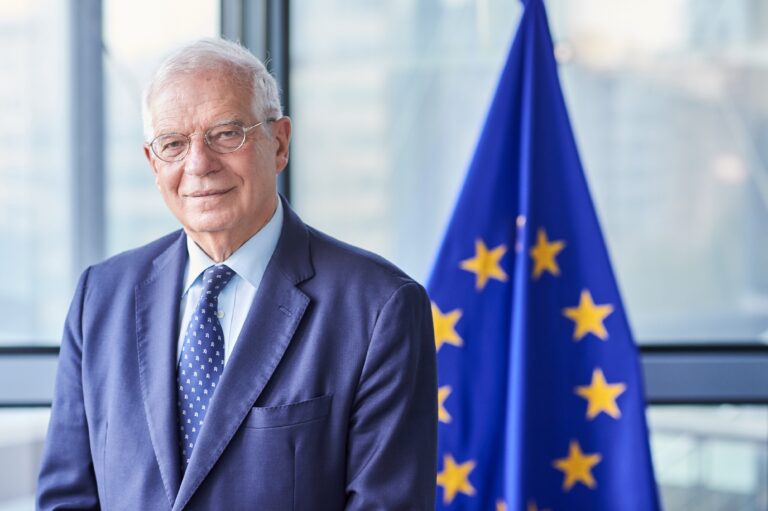
No, time is not on Russia‘s side

Socks for Peace: how the Vilni project is supporting internally displaced women in Ukraine
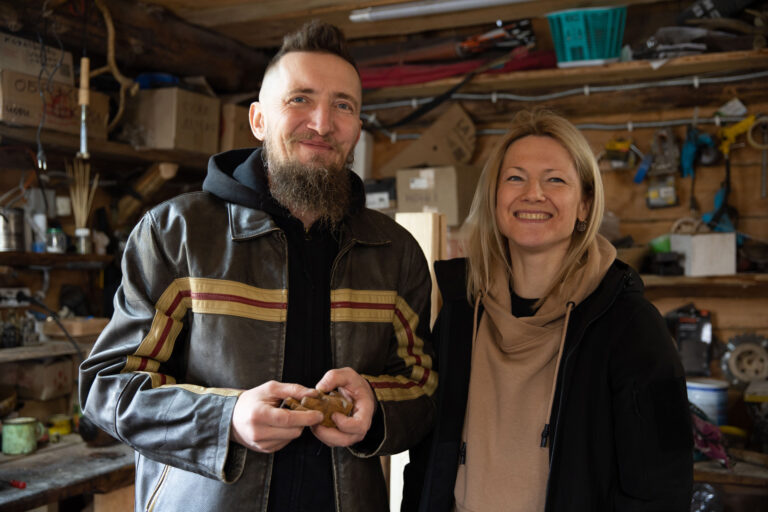
Celebrating traditional Ukrainian cultural identity in Rivne

Natalia wanted her child to escape the war: how a single mother set up a successful business in Lithuania
More campaign pages:
Interested in the latest news and opportunities?
This website is managed by the EU-funded Regional Communication Programme for the Eastern Neighbourhood ('EU NEIGHBOURS east’), which complements and supports the communication of the Delegations of the European Union in the Eastern partner countries, and works under the guidance of the European Commission’s Directorate-General for Neighbourhood Policy and Enlargement Negotiations, and the European External Action Service. EU NEIGHBOURS east is implemented by a GOPA PACE-led consortium. It is part of the larger Neighbourhood Communication Programme (2020-2024) for the EU's Eastern and Southern Neighbourhood, which also includes 'EU NEIGHBOURS south’ project that runs the EU Neighbours portal.

The information on this site is subject to a Disclaimer and Protection of personal data. © European Union,
